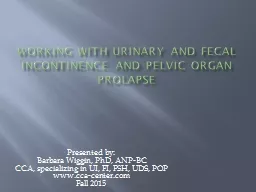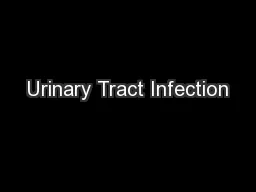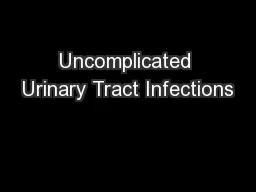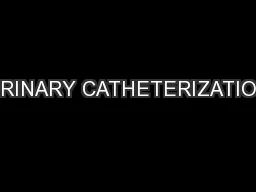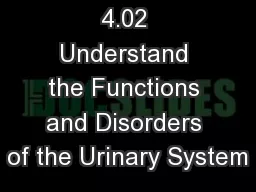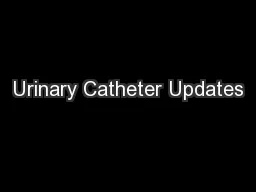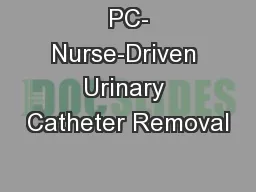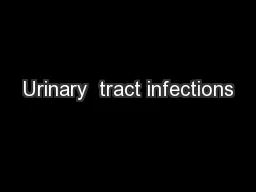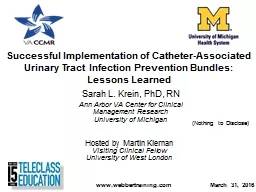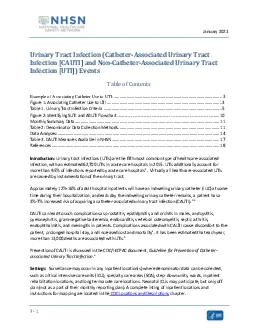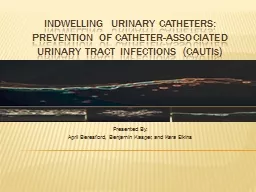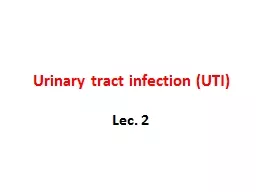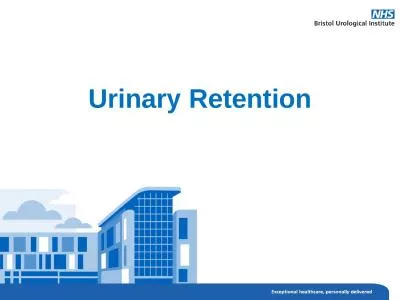PPT-Working with Urinary
Author : pamella-moone | Published Date : 2016-05-11
and Fecal Incontinence and Pelvic Organ Prolapse Presented by Barbara Wiggin PhD ANPBC CCA specializing in UI FI FSH UDS POP wwwccacentercom Fall 2015 How the
Presentation Embed Code
Download Presentation
Download Presentation The PPT/PDF document "Working with Urinary" is the property of its rightful owner. Permission is granted to download and print the materials on this website for personal, non-commercial use only, and to display it on your personal computer provided you do not modify the materials and that you retain all copyright notices contained in the materials. By downloading content from our website, you accept the terms of this agreement.
Working with Urinary: Transcript
Download Rules Of Document
"Working with Urinary"The content belongs to its owner. You may download and print it for personal use, without modification, and keep all copyright notices. By downloading, you agree to these terms.
Related Documents

